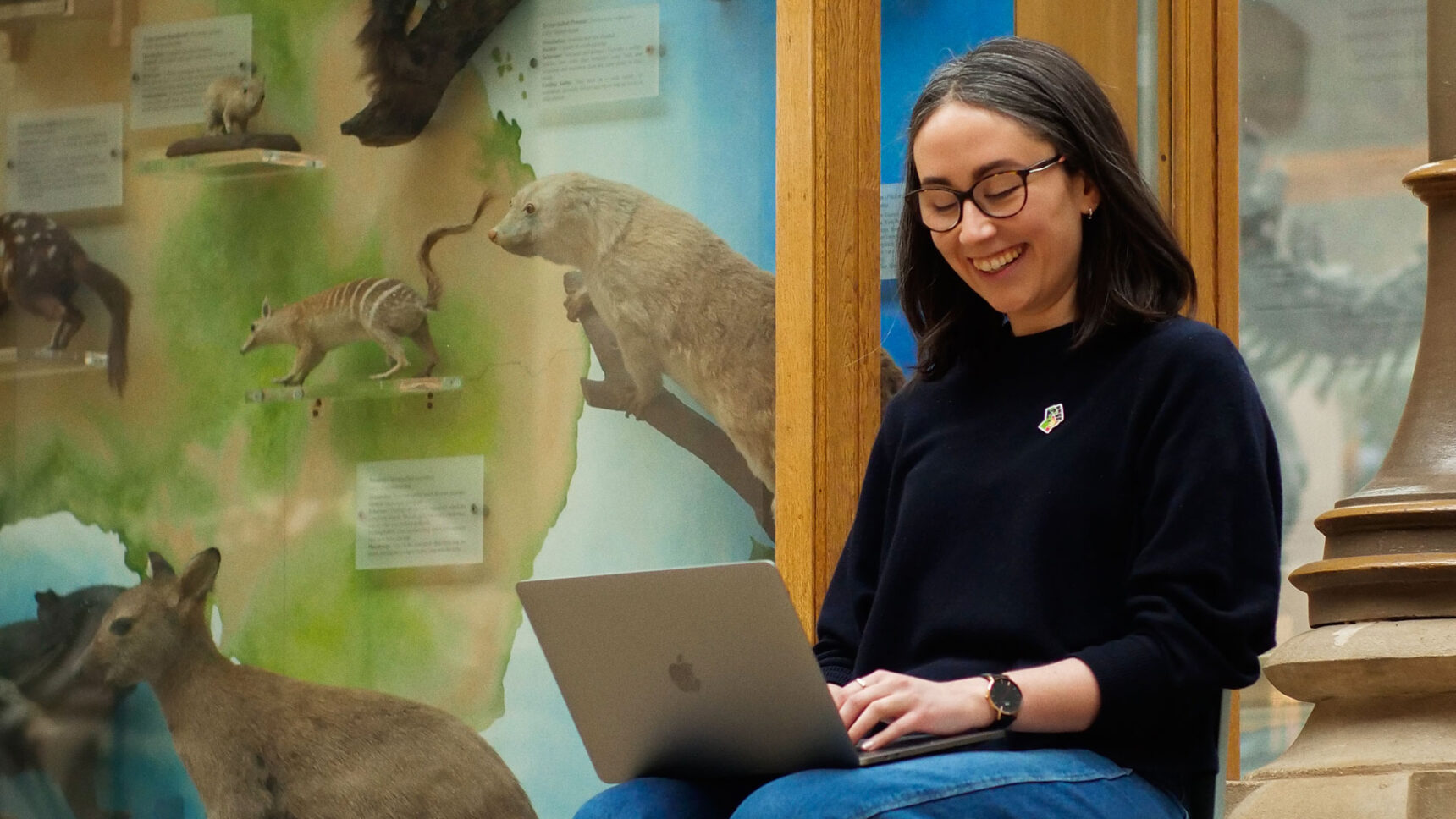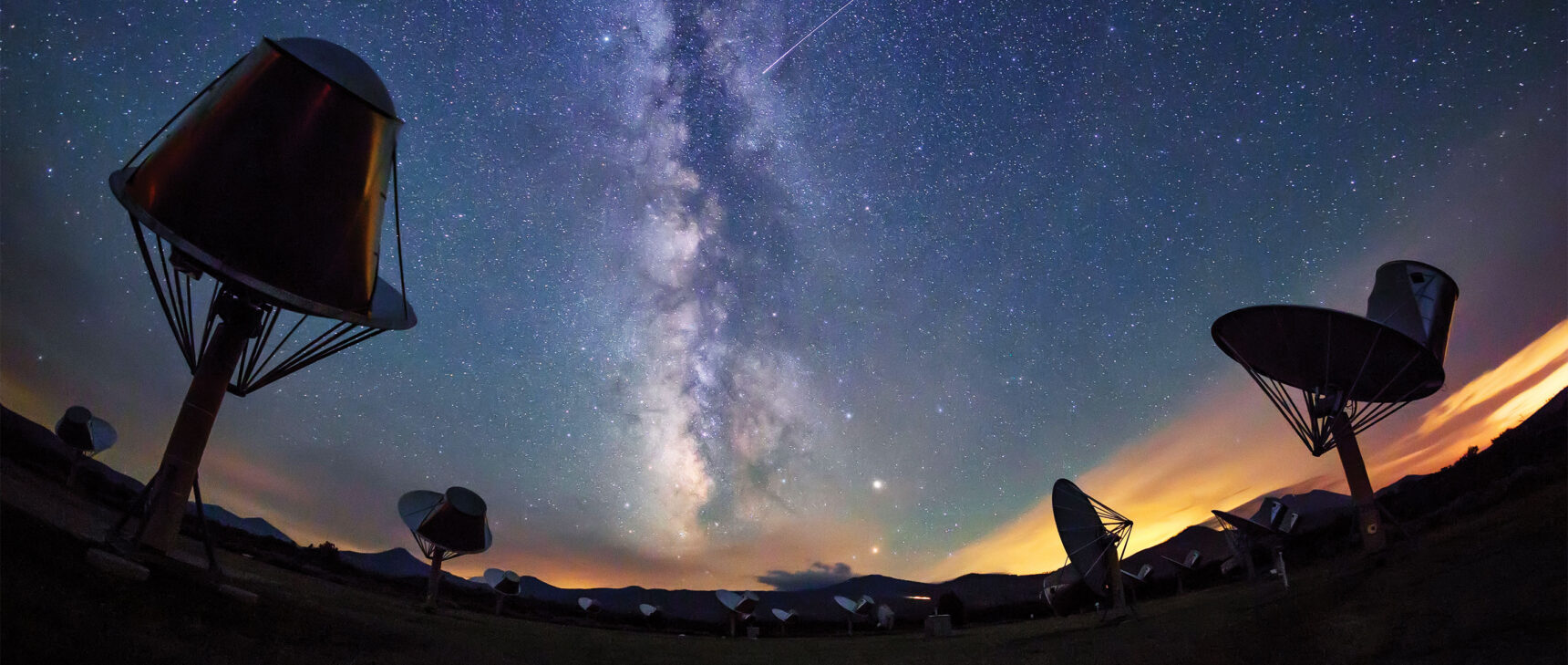The New Historian of the Smash That Made the Himalayas
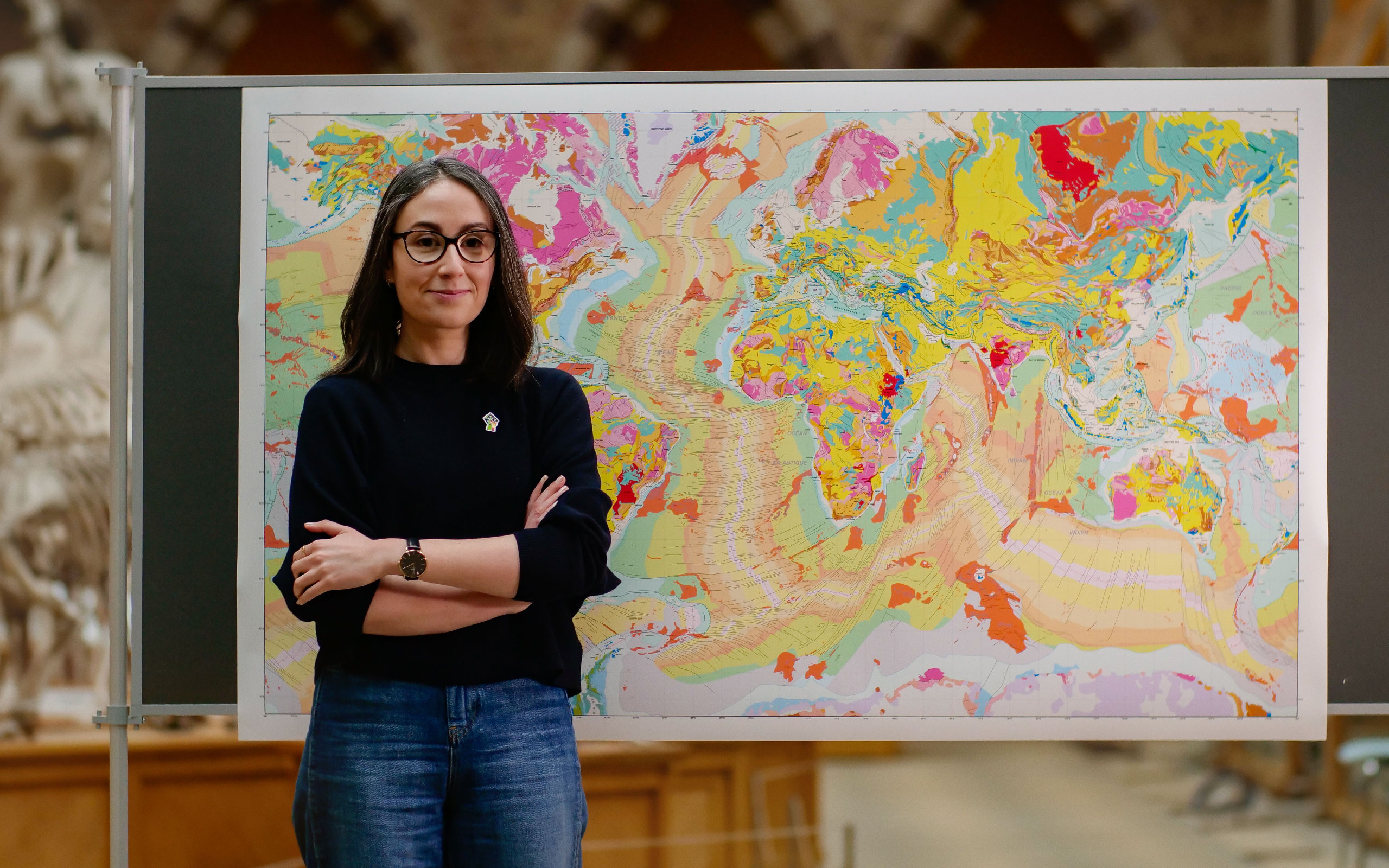
Lucía Pérez-Díaz solved the mystery of India’s sudden acceleration by showing that it didn’t really exist.
Harry Genge for Quanta Magazine
Introduction
Earth is unique in plenty of ways. But Lucía Pérez-Díaz, a geologist at the University of Oxford, reckons that one of its most stunning novelties is its ability to constantly change its face.
Our planet’s ever-metamorphosing veneer is made up of colossal slabs of rock named tectonic plates: wafers of crust stuck atop Earth’s upper mantle. They drift around at roughly the rate your nails grow, crashing into one another, slipping alongside each other, overrunning and diving below each other, and splitting apart.
We don’t know how plate tectonics got going, nor do we have a clear picture of the structures beneath the surface that shift those plates around. But a mere half-century since the theory of plate tectonics first came together, it is clear that this patient process is both omnipotent and omnipresent. It is the narrative arc that ties every episode of Earth’s geologic history together.
Thanks to the magnetic compasses hidden in volcanic rocks ancient and new, scientists know where each tectonic jigsaw piece has been over eons of time. They can replicate the plates’ odysseys in beautiful and breathtakingly precise simulations that reveal the destruction and creation of Earth’s many faces.
But these exercises in tectonic time travel bring up something strange: Around 67 million years ago, the Indian microcontinent — which ultimately headed north and collided with Eurasia to make the Himalayas — really picked up speed. It’s as if other tectonic plates were ambling about, then India strapped on a jetpack.
Like many, Pérez-Díaz thought India’s behavior was peculiar. Some of her contemporaries came up with a seemingly agreeable explanation, but she remained suspicious and dug deeper. Her work, published last year in the journal Geology, concludes that India’s dramatic acceleration, one of the most monumental moments in plate tectonics in the past 100 million years, is effectively an illusion caused by a broken clock.
Quanta Magazine caught up with Pérez-Díaz over (where else?) Zoom. The interview has been condensed and edited for clarity.

Pérez-Díaz at the Oxford University Museum of Natural History.
Harry Genge for Quanta Magazine
The movement of tectonic plates on Earth’s surface — the only place in the solar system this process occurs, as far as we know — makes mountains and volcanoes, digs out ocean basins, buries carbon, and erupts buried gases into the sky. So it’s pretty important we understand how it works, right?
Yeah, exactly. Plate tectonics controls pretty much the fact that life exists on Earth. You have things like the formation and the evolution of the oceans, which controls how water is moving around, which controls the distribution of life. And on the other end of the scale, you might link an extinction to these massive eruptions associated with a mantle plume [a superheated fountain of material that can cause considerable volcanism].
Plate tectonics does control a lot more than we might think of, because in our everyday life it’s not something we pay much attention to, I suppose. Unless you live near a plate boundary — then you have earthquakes or volcanoes, or both. Otherwise, you wouldn’t know.
How do tectonic plates move about?
When I was in school, we had this notion with plate tectonics that the mantle has a lot to do with moving the plates. You have a mantle that convects, so the plates sitting on top of it are moved with convection. And then we kind of shifted from that toward “Well, maybe it’s the fact that we have slabs that sink into the mantle that are causing it to convect in the first place.”
One is called bottom-up — the mantle moves the plates — and one is top-down — the plates move the mantle. In reality it is probably like a feedback loop where they keep each other going.
But there are certain events and certain movements of plates that we can’t explain just with that. We might have a plate that is behaving in some strange way that we can’t explain with the way its boundaries are subducting.
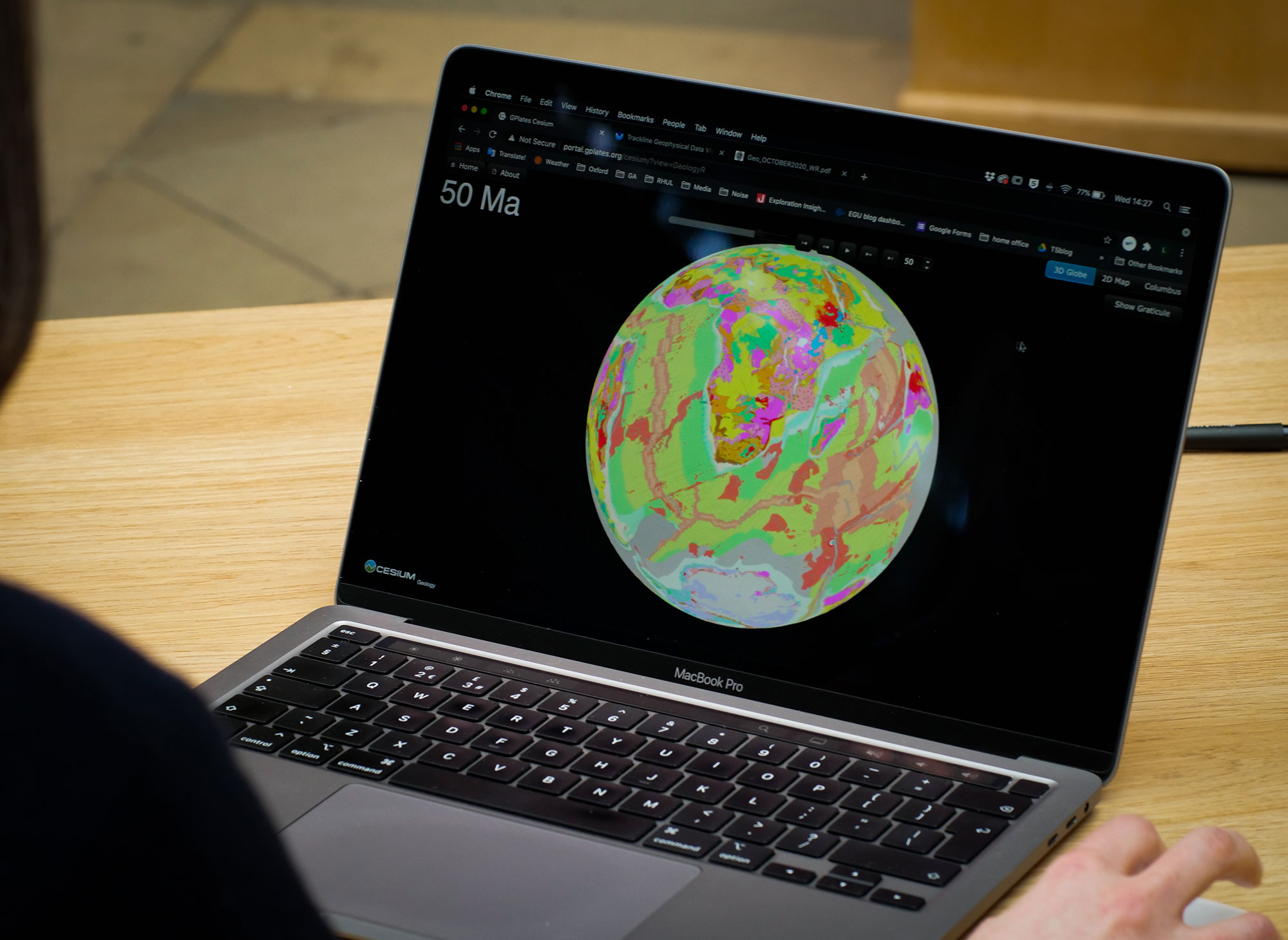
Tectonic maps show how old different parts of Earth’s crust are.
Harry Genge for Quanta Magazine
We’re talking about India’s hurry to crash into Eurasia, squash up a load of rock and make the Himalayas, right? What was thought to have caused that burst in acceleration?
If we assume that one of the main drivers of plate tectonics is subduction — where one plate sinks into the deep mantle below another plate — then we shouldn’t expect any plate to be moving faster than the rate at which its slab sinks. We know how fast slabs sink. And in this case, India is moving way faster. It’s not because of subduction, so what else is there?
What we do in geology is try to find things that correlate in time and space. And at the same time, and in the same place, there is the Réunion plume which is coming up.
What’s the Réunion plume?
It’s often mentioned as one of the possible causes behind this big dinosaur extinction — the plume was responsible for these huge eruptions and the emplacement of these really large volumes of igneous rocks. And the sort of pollution associated with that caused changes in the atmosphere that meant that the dinosaurs had a bit of a hard time.
And this may have had an effect on the movement of India?
Plumes, as they come up toward the surface from deep within the mantle, have been suggested to exert an upward push. In this case, you have a plume that is coming up beneath the boundary between India and Africa. So the hypothesis that came out was that the plume is coming up and creating a dome. And India finds itself up on the top of this dome, and so it slides downhill, which is a nice, very elegant solution to the problem, I suppose. That’s how the plume-push hypothesis was born.
But you suspected something was amiss?
Plate tectonics is kind of boring. It’s kind of predictable and gradual. So something like this makes me think — really? To me, what really stood out was not just that India speeds up by such a dramatic amount, but it did so for a short period of time. It speeds up then it goes back to the way it was. And that to me was always a bit strange. Something happens, but then it completely goes away?
That’s why we went back to reexamining the evidence put in favor of plume-push, and what we found was quite different.
This has to do with measuring geological time, right? My understanding is that when the seafloor is made along volcanic mid-ocean ridges, it locks in the orientation of Earth’s magnetic field at that moment. This field sometimes flips — magnetic north is sometimes at the top of the world, and sometimes at the bottom — so over time a barcode-like magnetic pattern emerges in rocks on the seafloor.
If it were really simple, it would be like the rings on a tree: If you have really wide rings, you know that’s a period of fast growth. If they’re closely spaced, that’s a period of slow growth. You can do that with trees because you know that there’s a ring every year. But these reversals in the magnetic field don’t happen at regular intervals. The stripes could be closely spaced or far apart, but you need to know the time each stripe represents, or it doesn’t really tell you much.
How do you tell how much time each stripe represents?
We assign ages to those barcode stripes using the geological timescale. This is probably the most impressive achievement of modern earth sciences because it’s a huge calendar that brings together lots of pieces of information from the rock record. You might be using fossils, or collecting rocks and dating them directly using radiometric dating techniques. And we then translate those times into this pattern of striping in the oceans. It’s a complex process.
It sounds like it must be hard to get precise dates.
You have some points in time where you know exactly what age that is, but then in between you’re interpolating. For example, in the Atlantic, there was a period of time — 65 to 55 million years ago — where we didn’t have much data at all.
What did you do to remedy that?
We went back to the raw magnetic data that was collected over decades of oceanic exploration campaigns. We reexamined the data and were able to map the widths and spacings of magnetic stripes for that short period of time, for the first time ever.
What did you see?
For that little period of time that we were interested in, those 10 or 15 million years when the plume is arriving below India, we could now see even the smallest changes in plate speeds over that time.
We could see the acceleration of India, like others did before us. There was a big spike in spreading rates. But there was also a big spike in the Atlantic. We could also see a spike between India and Antarctica, and Africa and Antarctica.
So suddenly you have a very different question — not, can plumes push plates to move faster, but what event can explain a sudden acceleration of every single mid-ocean ridge on the planet at once?
The answer to that is there isn’t one. The only explanation is that our timescale is wrong. And if the timescale is wrong, those plate speeds were wrong.
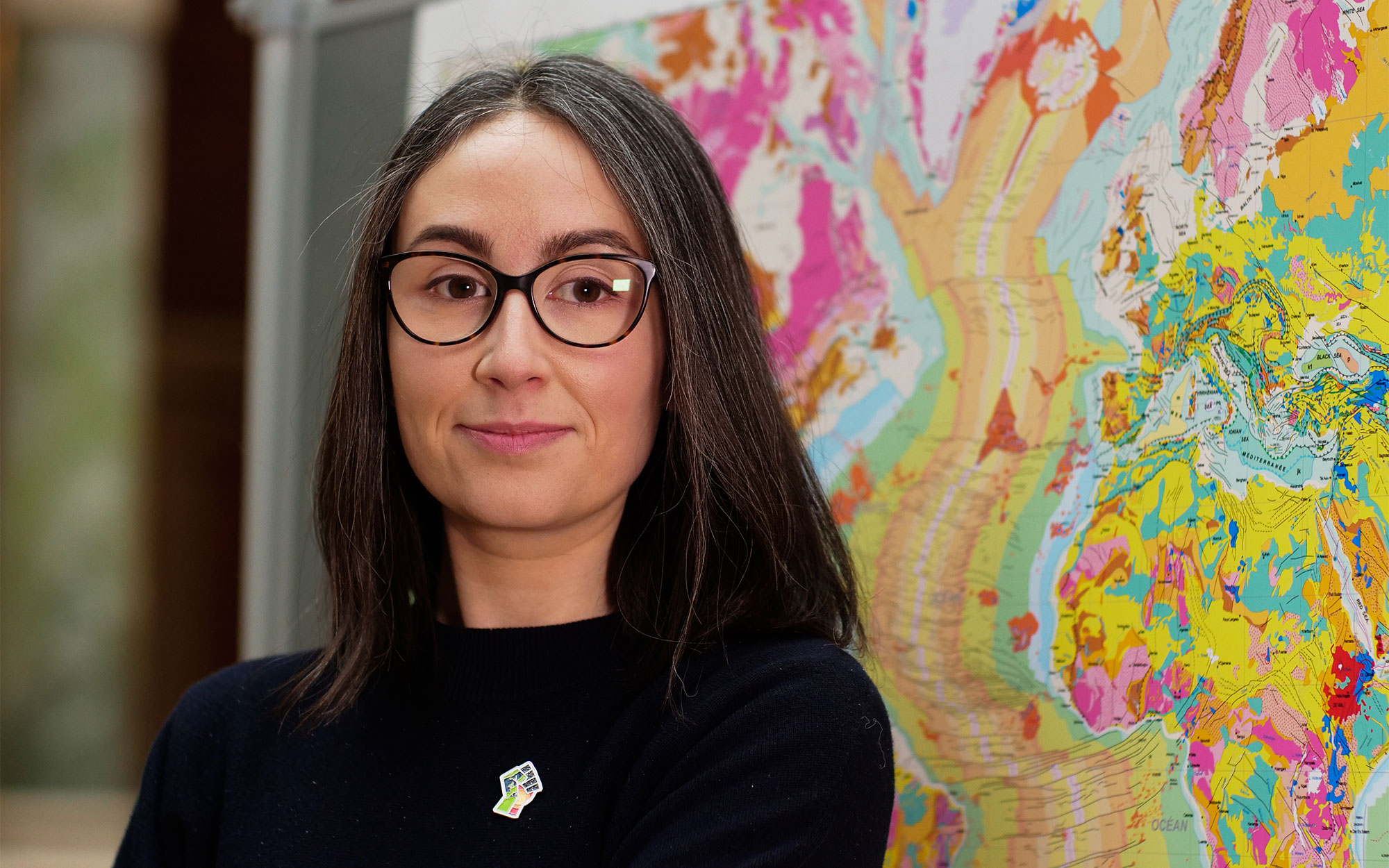
Harry Genge for Quanta Magazine
And when the timescale was recalibrated, these accelerations — India’s included — vanished. They were illusions. No tectonic speed records were broken. Things just moved, well, slowly.
Right.
What does this all mean for the supposed pushy power of plumes?
When the plume-push hypothesis came around, it was an exciting idea. But it also meant that for any other studies looking at tectonic events that they couldn’t explain, suddenly if there was a plume nearby, there was this almost automatic link of, ah, it must be the plume. We’ve shown that the Indian Ocean is not evidence for this sort of thing.
Can plumes have an effect on the motion of plates? Maybe they can have a minor effect. But whenever we find something we can’t explain with our current understanding, we can’t just blame it on the plume. We probably shouldn’t make that link quite as easily.
Presumably we have a long way to go until we’ve completely solved the puzzles of plate tectonics, right?
We know more than we did 50 years ago, we have much more data, we have better computers. But take the Atlantic, which is quite simple — South America fits into Africa nicely — you could probably find about 15 or 20 different reconstructions of that area, and they all look a little bit different. That just shows you how complex it all is, and how difficult it is to accurately reconstruct plate motion.
So definitely there’s some way to go, which is exciting. Who wants to work in a field where you have all the answers?
You seem to enjoy solving these planetary-scale riddles.
It’s a bit like detective work. You’re collecting all these little pieces and trying to move the plates back through time to their positions. And then you think about what does that mean for the evolution of Earth, or the evolution of life.
Were you always going to become a geologist?
Between the ages of 4 and 21, I was training to be a concert pianist. There’s always this thing when you do arts, at least in Spain there was — you can’t live off it. So I went to study geology. That was something I could do for work, but it was something I was interested in too.
Some people have a moment they remember from when they were children when they knew they were going to study science. I knew I liked puzzles, finding clues to things, detective stories and all of that. And there’s a big element of that in science, so I guess it was always there. But for me, what really shaped where I’ve gone and where I’ve ended up is people more than anything. It’s finding people that really make you want to know more about what they do, and ultimately you want to do that. You go your own way, but you’re influenced by them.
When most people think of science, they think of math, physics, chemistry and biology. Why not geology?
When you’re a kid, you learn about dinosaurs and volcanoes. Then there’s a gap where there is nothing, and then as adults you worry about the oil and gas industry polluting the world. But what about everything else? You do need to be lucky to have that one person that comes along in that gap and shows you how the planet works; otherwise you might never come across it.
What would you say to people hoping to study the planet for a living?
There’s a lot of stuff you get told, that gets really ingrained into you, that’s not true. That’s really detrimental, the whole “you need to do this, this and this; otherwise you won’t have a successful career.” It’s not like there is one path and if you don’t follow it you won’t get there. There are a million ways to get there.
